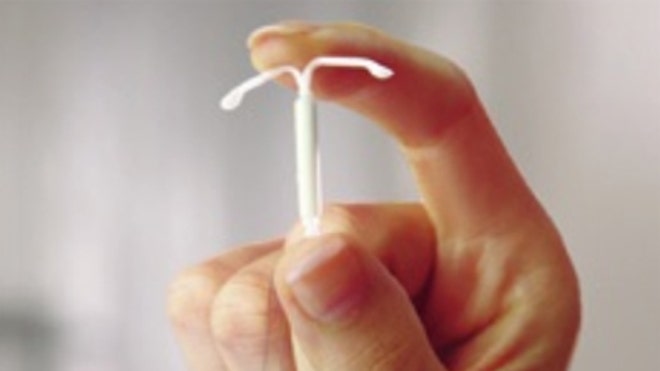
Some intrauterine devices (IUDs), already a long-term birth control option, are effective for even longer than recommended, according to a new review of past studies.
The older women are when certain IUDs are inserted, the longer they can leave them in, the review found.
IUDs, small plastic or metal devices inserted into the uterus, prevent pregnancy either by killing or damaging sperm or by releasing hormones that thicken the cervical mucus which does not allow sperm to pass. They are the most effective type of reversible birth control, with lower failure rates than the Pill, implants, patches or condoms.
Although recommendations on IUD use have stayed the same for some time, the finding that the devices are effective for longer than advertised is actually old news, Dr. Justine P. Wu told Reuters Health.
She worked on the study at the Rutgers Robert Wood Johnson Medical School in New Brunswick, New Jersey.
“We have had these data in our hands for years,” Wu said. “Our hope is that this review will bolster clinician and patient confidence, both in the United States and worldwide, in the safety and benefits of extending use of certain IUDs beyond the manufacturer-approved time period, among select women.” That includes women who have had one or more children and were at least 25 years old when the IUD was inserted.
Among those women, copper IUDs seem to be effective birth control for at least nine years, depending on the brand. ParaGard, a copper IUD recommended for up to 10 years, is effective for at least 12.
Mirena, a plastic IUD which releases the hormone levonorgestrel to prevent pregnancy, is advertised as effective for five years, but is effective for at least seven years, according to the review published in the journal Contraception.
For women who were at least 35 when the IUD was placed, studies indicate ParaGard remains effective until menopause.
There were not enough studies of women under age 25 to determine how long Mirena and ParaGard are effective beyond recommendations in that group, the researchers said.
Extended use of an IUD among women over 25 who have had a child ultimately reduces costs, improves convenience and extends birth control benefits, Wu said.
Source: fox news


